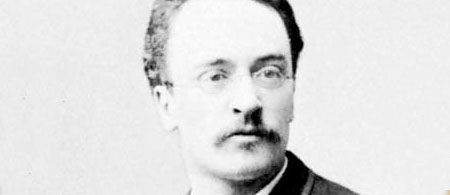Servicing of diesel units
The Common-rail stands for direct injection system in diesel engines, which is used in the most of the modern diesel engines.

The Common Rail System is identified by a large common-rail with thin tubes leading to the cylinders, and it is used exclusively with the turbocharger. Instead of a complicated fuel pump with manifold, it has been installed a high-pressure pump, which continuously charges the fuel in the common rail (energy reservoir). It was introduced in the fall of 1997 by Alfa Romeo in the 156 1.9 JTD model.

The highest injection pressure in the first generation was 1350 bar, 1550 bar in the second and 1850 in the third (in the latest versions 2000 bar). The third generation is equipped with piezo-electric injectors that inject fuel in three phases (pre-injection, main injection, post-injection), in a total of seven to nine separate impulses. The precision of injection ensures quality and complete combustion, with a high efficiency of the engine and low fuel consumption and emission of harmful gases.

Servicing of common rail injectors
What happens after approximately 100 000 km of the common rail system exploitation?
The most common problems are:
- Difficult ignition
- Loss of power or engine stalling during acceleration or loading
- Black smoke and increased fuel consumption
- Rough idling
- Jittering and "pinking" of engine in the middle mode
- Increased oil level in the crankcase due to "leaking"
- Intermittent engine running
What happens in the injector?
To ensure the proper functioning of the common rail injector, it is necessary to meet four basic parameters on which is based its operation, and these are the relations between high pressure, mechanical forces in the mechanism, hydraulic surfaces and electromagnetic excitation.
Due to impurities in the fuel, water or other media can damage fine tolerances in the injector which leads to the appearance of internal resistance in the mechanical part, and thus to a delayed response in the injector operation and disruption in the fuel injection!
What includes the servicing of injector?
1. Disassembling and cleaning of all injector components in the ultrasonic device (use of special tools and a basic visual inspection of all parts).

2. Inspection of all injector vital parts under the microscope (hydraulic valve assembly, injector cartridge, injector body...).
3. Injector assembling (installation of new seals, cartridge nozzles).


4. Injector calibrating with electronic comparators and software for checking the parameters of dynamic capacity, resistance, induction and solenoid valve isolation.
5. Testing of amount of the fuel injected in the entire operating mode of the injector,measuring of the response time that elapses from the electrical excitation to the beginning of the injection by piezo sensors.

6. Assigning of a new injector "code" based on the measured values of the fuel amounts and response times that differ regardless of the precise adjustments.
From the history…
In 1893 Rudolf Diesel published his article "The Theory and Design of a Rational Heat Engine". In the first diesel engines the fuel was injected by compressed air, and these could work only at low number of revolutions.

The Bosch fuel injection pumps created the underlying premises for the development of high speed diesel engines. In 1927 Bosch produced the first practical pump with individual assemblies for injection (for each cylinder) in a single casing. In 1934 the annual production exceeds 100.000 units. In 1962 started a serial production of distributor injection pumps, where one pump element supplied all the engine cylinders. Using the electronic control (EDC), modern diesel engine characteristics were getting closer to the petrol models. The fuel consumption and particulate matter in the exhaust gases were reduced.
In the modern diesel engines was increasingly installed the injection through the common-rail system, that is, through the pump-nozzle assembly. That way the pressure was raised to over 2000 bar.




